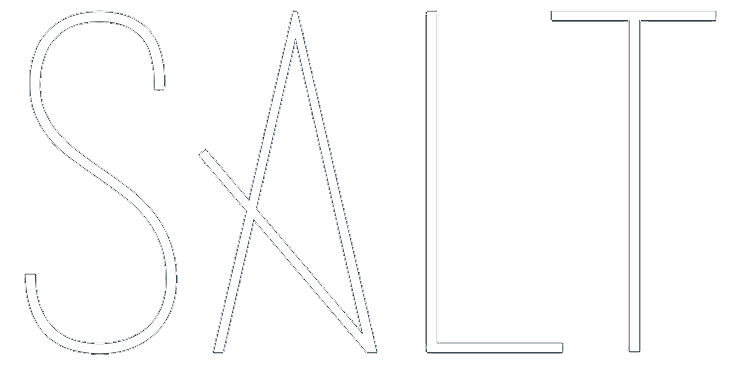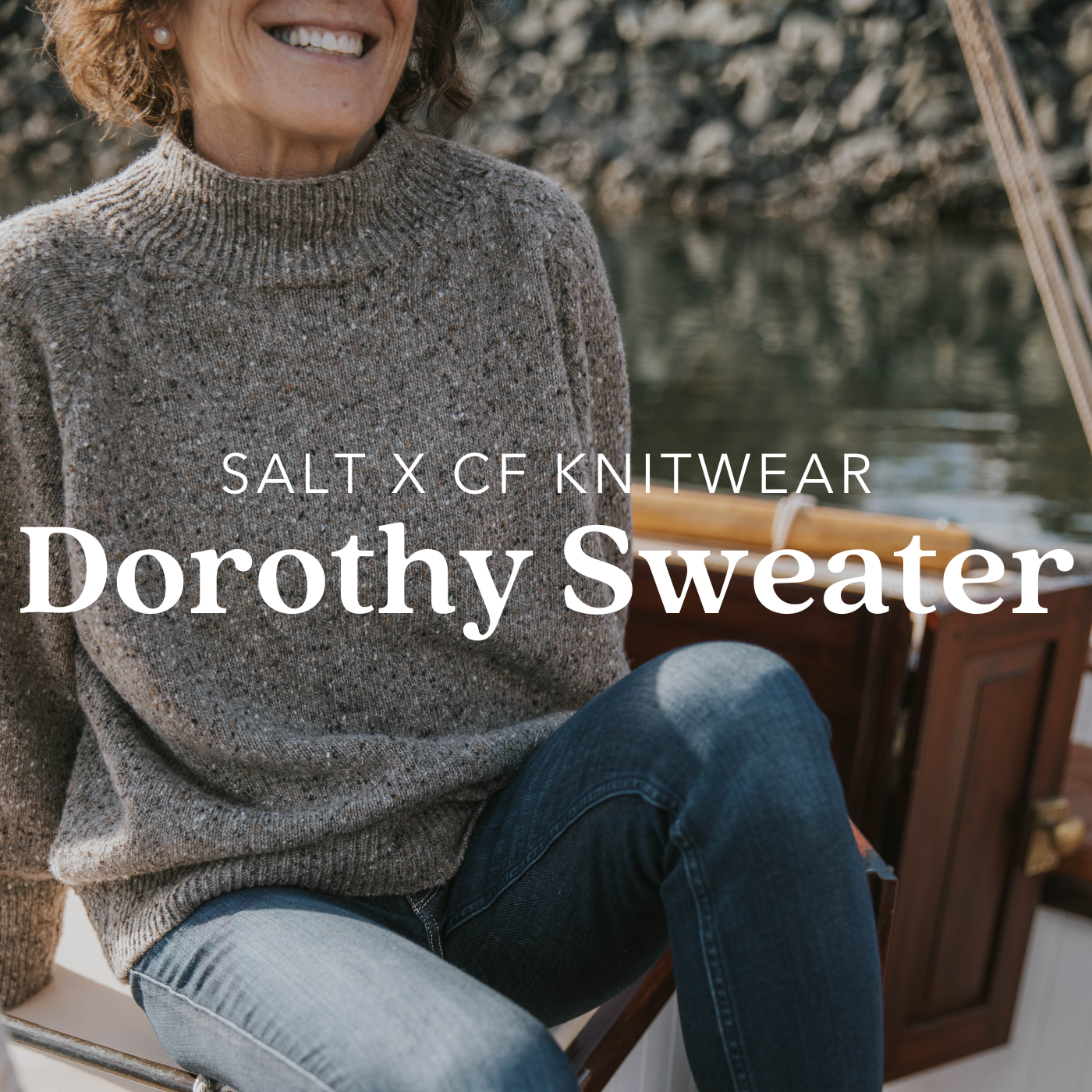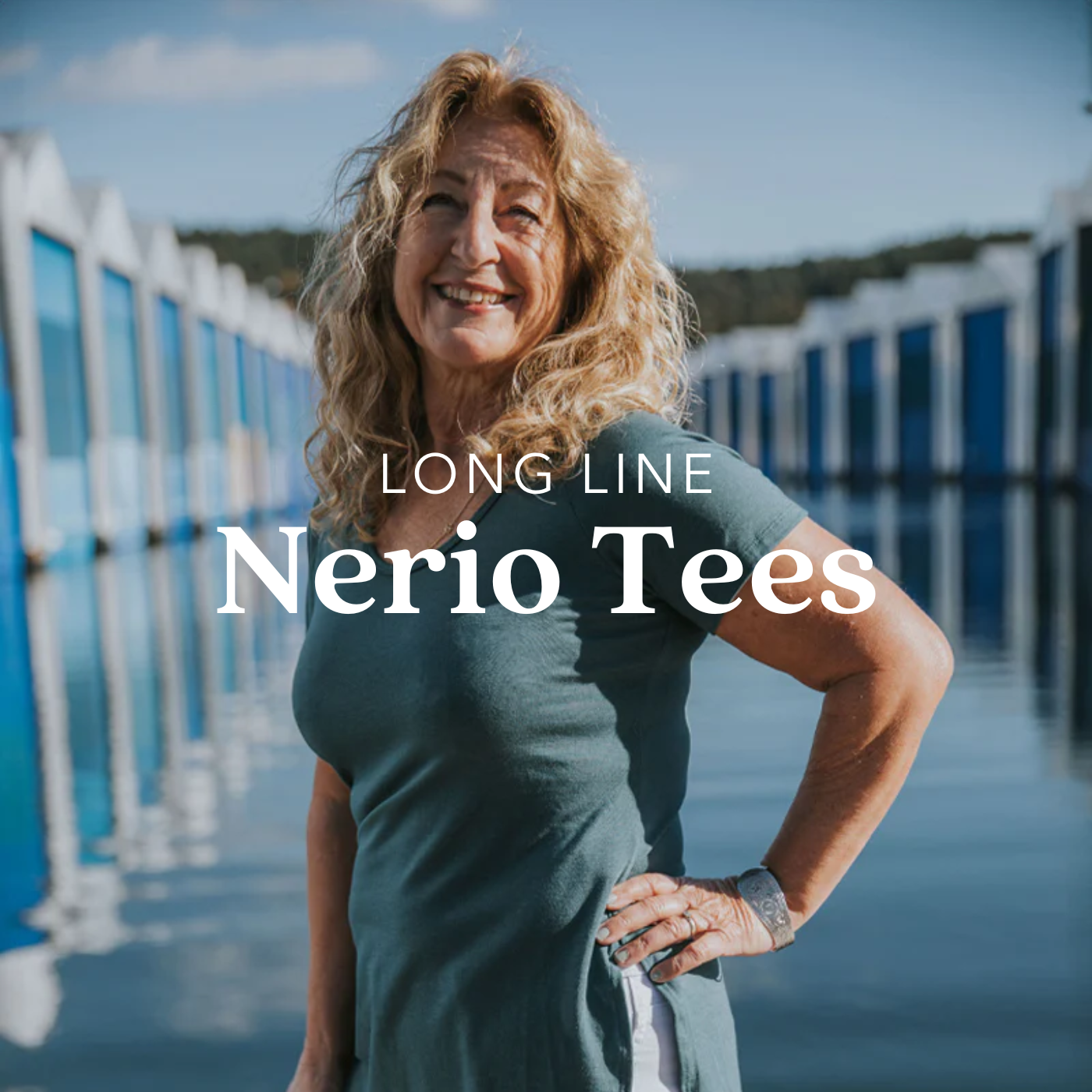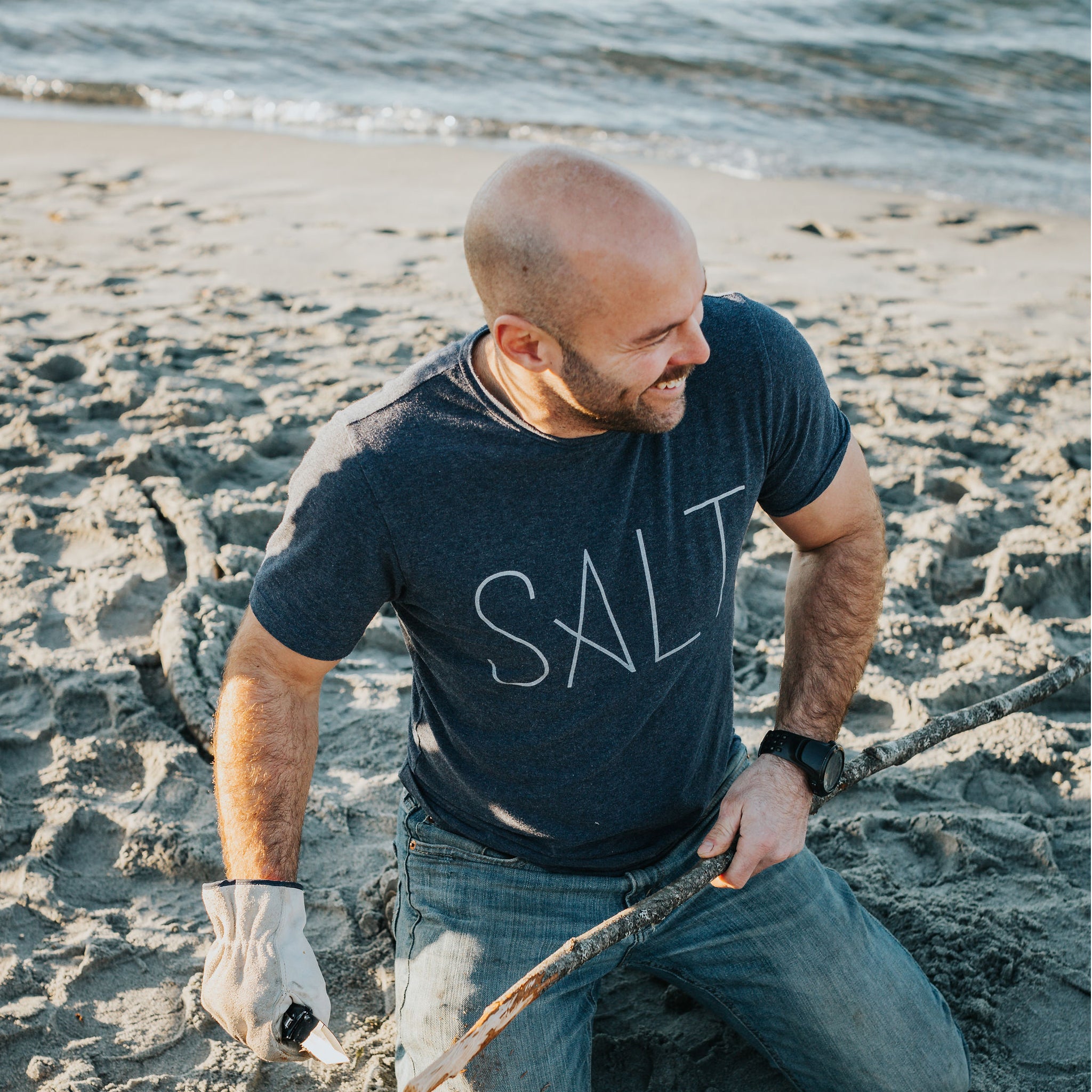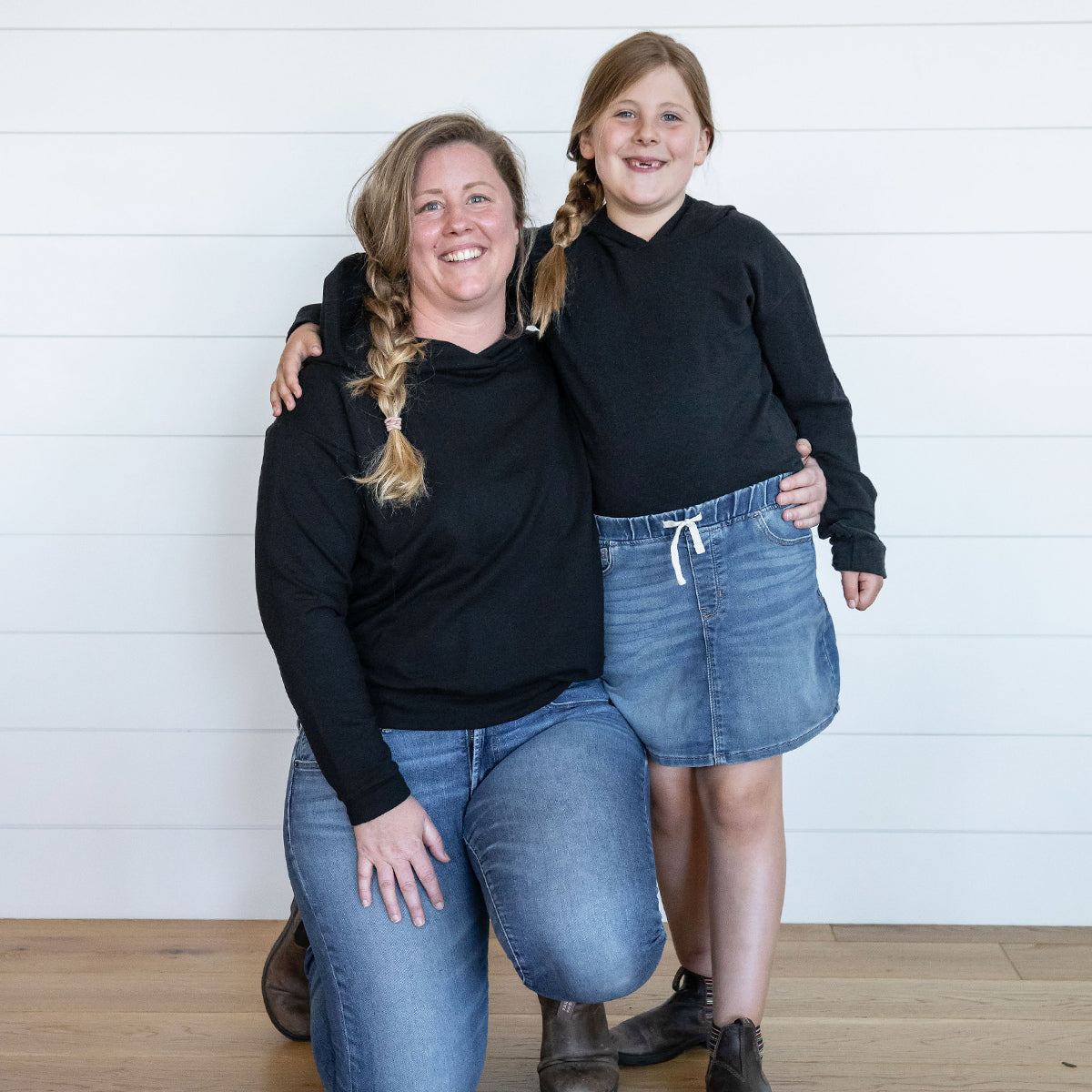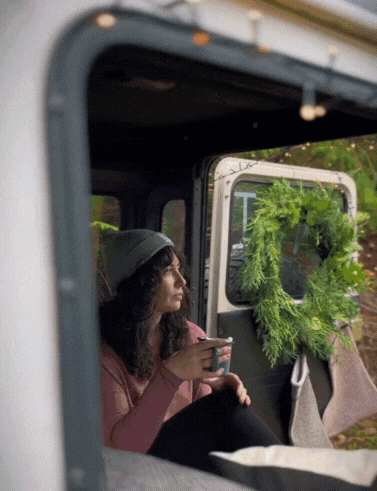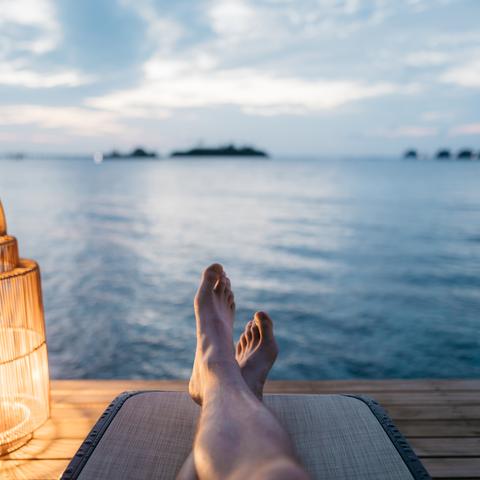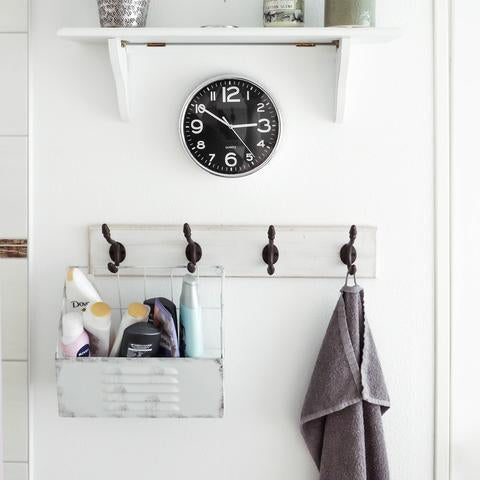
ZERO WASTE BATHROOMS | Natural, Minimal, Clean

Bathrooms. Usually not the biggest rooms in the house, but somewhere that takes up a lot of our time and attention. For a smaller room, it sure does seem to require a lot. Things to keep it clean, things to keep ourselves clean. When you think about it, most of our self-inflicted "maintenance" happens in the bathroom, which means we need more things to maintain it, meaning more possibility for waste. But, does it have to be this way? We bet that if you polled households, the bathroom would be where we all have the most unnecessary items. So what are we to do?
DIY
We have come a long way from the raw ingredients that are active in our cleaning, cleansing, and beauty products. But why? There are many naturally occurring ( or at least more naturally concocted) ingredients like baking soda, tea tree oil, coconut oil, raw honey, apple cider vinegar, cocoa butter, Castile soap, and more that have some truly awesome intrinsic properties. There are loads of great recipes out there for using these items to make your own bathroom cleaner, face wash, toothpaste, lip balm, lotion, and nearly everything else you need in the bathroom (make-up gets more challenging, but it's out there!).
For cleaning, you can easily replace those bottles of toxic chemicals by purchasing a glass spray bottle and making your own all purpose bathroom cleaner, like this one. When it comes to beauty products, ranging from cleansers to moisturizers, the industry has been trending towards more natural options for years now anyhow (a lot of which comes from the ability the internet gives us to share homemade recipes). It makes sense - our skin is a natural, living organism, it is going to respond better when we put natural things on it. Plus, anything we put on our skin ends up in our bloodstream, and our bodies are much happier without chemicals in it as well. Opting for simple oil-based moisturizers, cleansers, and deodorants will take the chemicals out of your beauty routine, and reduce the number of one-time use containers coming out of the bathroom.
Once you've started your DIY journey, you will discover a list of ingredients that are helpful in a multitude of homemade items. Then you can purchase them in larger quantities with re-useable glass containers, reducing the waste from buying everything individually. If you are looking to educate yourself on what types of basic ingredients are useful to have on hand to create these kinds of items, take a read of this list on Live Simply, a blog dedicated to natural wellness on many levels.
GO NATURAL
You've got to admire those who take on the task of creating their own products - it takes time and research. Not everyone is up for it though - and that's ok. We can still make good choices when it comes to getting the things we need. Look for locally made, natural brands to start when it comes to the necessary products, and from there, stay as natural as possible when it comes to ingredients, materials, and packaging. Read all the labels!
Aside from the actual ingredients in things, the tools and accessories you need to keep your bathroom and your body tip top are fraught with choices, many of which are plastic. You have to think not just about the ingredients in your items, but the materials of the storage options they require. A good rule of thumb is if it includes plastic, don't even look at it. Having re-useable glass containers on hand and shopping at bulk stores like West Coast Refill in Victoria is a much better option than grabbing products at the grocery store in one-time use plastic containers.
One-life soap pumps can be replaced with a mason jar that you re-fill and top with a metal pump. If you are a bar soap person, soap dishes look much better when they are wood, stone, or ceramic anyways. Brushes (for those of us who don make-up every day, there could be many!) may feel like one that is tricky to go natural with, but it's not. Companies like Iris Hantverk offer wood options with natural fibre bristles for almost any use - toothbrush, toilet brush, body brush, hairbrush, and scrub brushes for all applications. Dental products are actually some of the hardest to recycle because they often use a combination of materials. We love David's All Natural Toothpaste with its easily recyclable metal tube combined with a wood toothbrush.
Razors are another big culprit - so much plastic every time you toss away a disposable razor! And so hard to recycle! Switching to a safety razor, with a metal handle and replaceable blade is much more environmentally friendly. Worried about switching to a new way of shaving? Watch these videos for your face and other areas for first timer tips. It might take some getting used to, but it will be worth it!
Check the tags on any towels or cloths before you bring them home too. 100% cotton is always best, for function and for the planet, and you might assume all towels will be, but it is good to make sure. Staying informed about the items you are using is half the battle to begin with. Reducing plastic is an obvious one, but there are other things to avoid as well!

MINIMIZE
Just have less. Everyone is buzzing about Marie Kondo's Netflix show Tidying Up inspired by the book she wrote about the magic of decluttering your home. Get on the bandwagon and start pairing down your bathroom items. Most of us at some point in life have had one of those drawers that is full of items we rarely use. How did they get there? Why do we have so many? You've heard of the 80/20 rule for clothing - that we usually wear only 20% of our clothes, 80% of the time? See if you can apply that to your bathroom as well. You don't have to toss the other 80%, but make a note not to re-purchase them once they've run out.
Everyone has a different routine, a different body. We are all going to need different ingredients in our products to suit our skin types. But when it comes to the bathroom, we will all have relatively the same list of needs, and if we are really honest with ourselves (and our households), we could easily pair things down to the essentials (and say goodbye to cluttered drawers!).

The last step in all of this is to be responsible with the items that are still "left over." Make sure things like razor blades and containers are getting recycled properly.
We know that getting to completely zero-waste might be tricky, but with these changes, you can get pretty close. It will be a journey. Take stock of what you have in your bathroom now, and once each item comes to the end of it's life, vow to re-assess what a more sustainable option going forward will be. Your body, your home, and your planet will thank you.
Shop our plastic-free home goods in-store, and online anytime. Check out these other inspiring sites for tips, tricks, recipes, sustainable shopping, and information.

